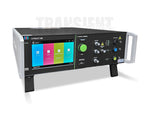
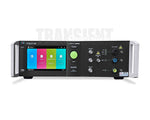
EM Test NX5 bsp-1-300-16 - Rent 5 kV Surge & EFT Generator
- Configuration: 5 kV Surge, 5.5 kV Burst, & Power Fail
- Built-in single phase CDN Max 300 V/16 A AC or DC
- Laptop with iec.control software included
Monthly Rental-
$1,550
In Stock
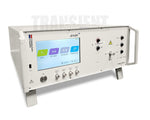
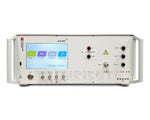
Haefely AXOS5 - Rent 5 kV Surge & EFT Generator
- 5 kV Surge & EFT Immunity Test System
- Built-in CDN Max 264 V/16 A AC or 220 V/10 A DC
- Capabilities for Voltage Dips Testing with DIP 116
Monthly Rental-
$1,400
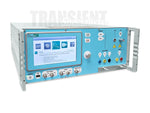
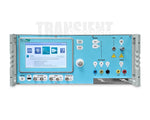
EMC Partner IMU4000 - Rent 4kV EFT, Surge, & Dips System
- 4 kV Surge & 4.4 kV EFT/Burst Capabilities
- CDN Max 280 V/16 A AC or 300 V/16 A DC
- Capabilities for Voltage Dips up to 16 Amps
In Stock
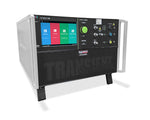
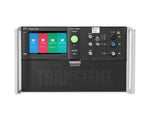
EM Test Compact NX7 - Rent 7 kV Compact Transient Generator
- 7 kV Surge, 5.5 kV EFT, & 7 kV 100 kHz Ringwave
- Built-in single phase CDN Max 300 V/16 A AC or DC
- Laptop with iec.control software included
In Stock
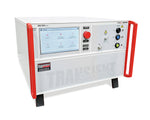
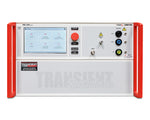
Teseq NSG 3060A - Teseq Transient Generator Test System
- Configured for 6.6 kV Surge & 5.5 kV EFT/Burst
- Built-in single phase CDN Max 300 V/16 A AC or DC
- Model: NSG 3060A-IEC (IEC 61000-4-4/5)
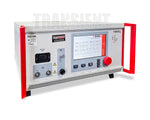
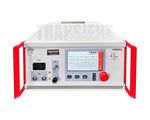
Teseq NSG 3040 - Rent 4.4 kV Surge 4.8 kV EFT Generator
- 4.4 kV Surge & 4.8 EFT Immunity Test System
- Built-in single phase CDN Max 260 V/16 A AC or DC
- Model/Version: NSG 3040-IEC
In Stock
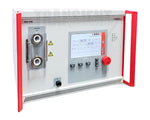
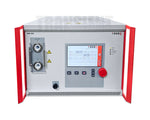
Teseq NSG 3150 - Rent 15 kV Surge Test System
- 15 kV/ 7.5 kA Surge Generator
- External CDN 3153-S63 Included
- Compliant to IEC 61000-4-5
In Stock
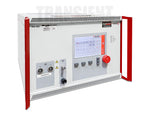
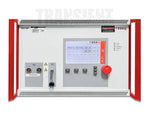
Teseq NSG 3060 - Teseq 6.6 kV Transient Test System
- 6.6 kV Surge, 4.8 kV EFT, & 6.6 kV 100 kHz Ringwave
- External Single Phase CDN Max 270 V/16 A AC or DC
- Laptop with WIN 3000 Software Included
In Stock
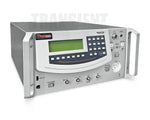
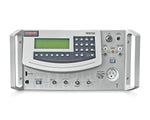
ThermoScientific EMCPro Plus - Rent 6 kV Transient Test System
- 6 kV Surge, 4.4 kV EFT, & 6 kV 100 kHz Ringwave
- Built-in CDN Max 250 V/16 A AC or 100 V/10 A DC
- Capabilities for Voltage Dips Testing
In Stock
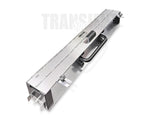
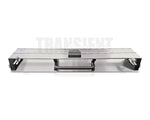
EM Test CCI - Rent Capacitive Clamp EFT/Burst Testing
- Construction as per IEC 61000-4-4 Ed.3
- EFT/Burst Testing of Signal- and Datalines
- Permissible Burst Voltage 7 kV
Monthly Rental-
$250
In Stock
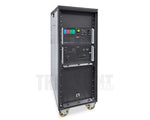
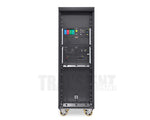
Coupling NX7 bsr-3-690-125.3 - 125Amp 3-Phase Surge & EFT CDN
- Coupler for Surge, EFT, & Ringwave Pulses
- Max 125 Amps 690 V AC or 1,000 V DC
- Transient Generator Mounted in Rack
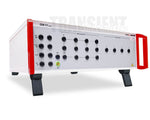
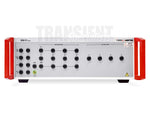
Teseq CDN 117A - Rent 4 Line Unsymmetrical Surge CDN
- CDN for 4 Unshielded Unsymmetrical Lines
- Coupler for Surge & Ringwave Transients
- Maximum Impulse Voltage 4.8 kV
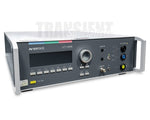
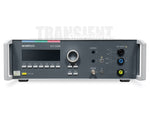
EM Test UCS 500N5E - Rent 5.5 kV EFT/Burst Generator
- Configured for 5.5 kV EFT/Burst Immunity Testing
- Built-in CDN Max 300 V/16 A AC
- Rent Capacitive Clamp for Data Line Testing
In Stock
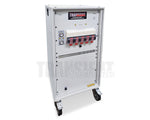
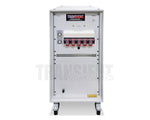
Teseq CDN 3153-S63 - Rent 3-Phase CDN NSG 3150
- Max: 690 Volts Phase to Phase, 63 Amps
- Rented with Teseq NSG 3150 Test System
- Compliant for IEC 61000-4-5 Coupling Methods
In Stock
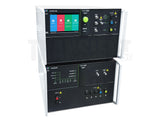
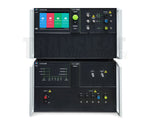
EM Test NX7 & 3-Phase CDN - 7kV Transient System
- 7 kV Surge, 5.5 kV EFT, & 7 kV 100 kHz Ringwave
- Includes Coupling NX7 3-Phase CDN
- Laptop with iec.control software included
In Stock
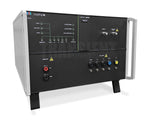
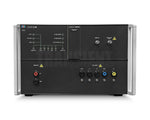
EM Test Coupling NX7 bsr-3-480-32 - Rent 3-Phase 32Amp CDN
- Coupler for Surge, EFT, & Ringwave Pulses
- Max 480 Volts 32 Amps AC
- Automatic Coupler for NX5/NX7 Systems
In Stock

